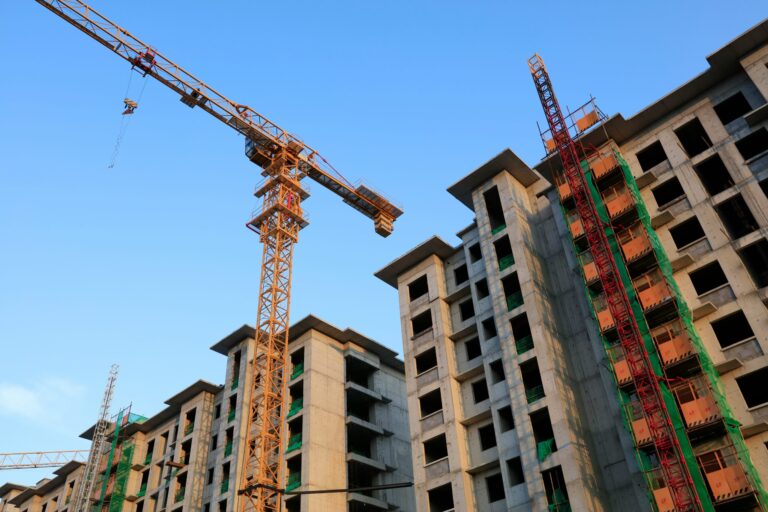A New Era for Modular Homes
Modular construction, which has its roots in early 20th-century “kit homes,” is making a potential comeback as a solution to America’s growing housing affordability crisis. While modular homes still make up less than 4% of U.S. housing stock, they are garnering renewed attention due to the increasing demand for affordable, sustainable homes.
Sustainable and Cost-Effective
Unlike traditional homes, which are built entirely on-site, modular homes are assembled in a factory and then transported to the building site. This construction method significantly reduces waste, cuts costs, and accelerates construction timelines. Modular homes are typically constructed in large sections, which means fewer materials are used and excess materials are easier to recycle. In fact, construction waste from modular homes can be as low as 5%, compared to 15% for traditional homes.
Moreover, modular homes have become a popular choice for environmentally conscious buyers. Some manufacturers focus on net-zero homes, incorporating solar panels and other energy-efficient features. Companies such as Deltec Homes and S2A Modular are catering to this market, offering homes designed with sustainability in mind. These homes not only help reduce carbon footprints but also provide long-term energy savings for homeowners.
Affordability and Accessibility
One of the biggest advantages of modular homes is their cost-effectiveness. According to HomeGuide, the price of modular construction ranges from $80 to $160 per square foot, making it 10-20% cheaper than traditional building methods. This difference can make a significant impact on the affordability of housing, especially in a market where high prices and mortgage rates are stretching budgets thin.
For example, the cost of a high-end modular home might range from $120,000 to $270,000, while a traditional home of similar quality could cost between $155,000 and $416,000. The lower cost of modular construction allows for more affordable down payments and monthly mortgage payments, potentially making homeownership accessible to more people, especially first-time buyers.
Growth in Modular Home Initiatives
The growing affordability of modular homes has attracted the attention of investors and policymakers alike. Some cities are already implementing modular home projects to tackle homelessness and provide affordable housing options. For instance, in Chicago’s Southside, up to 2,000 single-family modular homes are being constructed, with down payments as low as $1,000, thanks to a collaboration between city and state governments and nonprofit organizations. A similar project is planned in the Maryland suburbs of Washington, D.C.
The Role of Venture Capital and Innovation
Modular construction has also seen a surge in investment from venture capital firms. Companies like Mighty Buildings, which uses 3D printing technology to automate modular home construction, recently secured $52 million in funding. This investment indicates a growing interest in scalable, innovative solutions for the housing market, which could help accelerate the adoption of modular homes.
Furthermore, major companies such as Berkshire Hathaway’s Clayton Homes are investing in modular construction, bringing national attention to the sector. While most modular home companies are still regional, the potential for growth is significant, especially as interest in sustainable and affordable housing rises.
Challenges and Skepticism
Despite its benefits, modular construction faces several challenges. Most notably, modular homes remain less familiar to many builders and consumers, and securing financing can be more difficult than for traditionally built homes. Additionally, some environmental experts are skeptical about the sustainability claims of modular homes, pointing out that the materials used can still have a significant environmental impact depending on sourcing and manufacturing practices.
However, proponents argue that when done properly, modular homes offer a more sustainable option for construction, particularly in reducing waste and carbon emissions. As more companies enter the market and modular construction techniques continue to improve, it is likely that the sector will grow, providing more affordable, sustainable housing options for consumers.
Conclusion: A Solution for the Future?
In a real estate market facing affordability issues and a shortage of housing, modular homes present a promising solution. They offer lower costs, faster construction timelines, and a more sustainable alternative to traditional housing. While they currently remain a small part of the overall market, the rise of modular homes could be a game changer, especially as housing demand continues to outpace supply. As more companies invest in this technology and consumers seek affordable, energy-efficient homes, modular construction may be poised to take a larger share of the housing market in the years to come.
